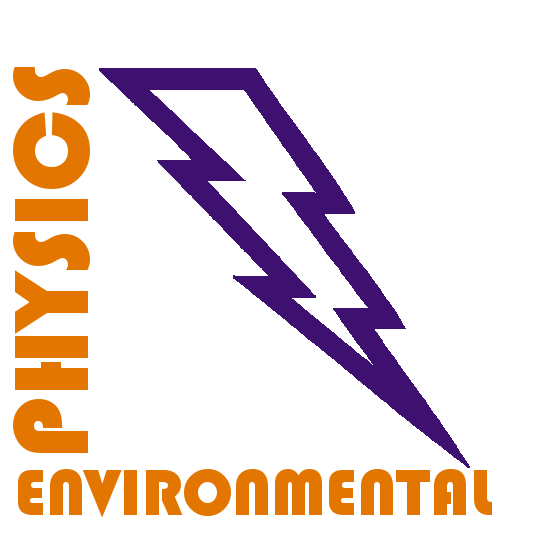|
Abstrakt: The field of plasma−liquid interactions is rapidly growing,
with increasing publications across applications. While plasma’s interactions
with water and oil have been researched, there is a notable gap in the study of
plasma−emulsion interactions and their practical applications. Investigating
plasma−emulsion interactions offers a dual advantage, as demonstrated in
this study, as it is applicable to both water/oil separation and emulsion
stabilization processes. This study introduces a groundbreaking approach
utilizing the fountain dielectric barrier discharge (FDBD) plasma reactor.
The reactor exposes a model emulsion to different plasma gases, such as air,
nitrogen, argon, and ammonia, along with varying parameters of plasma input
voltage and treatment time. Consequently, due to demulsification, the
emulsion segregates into distinct water and oil phases. Remarkably, the
results demonstrate that short-term plasma treatment leads to the separation
of over 99% of emulsified water. However, prolonged exposure to plasma for around 7 min reveals a decrease in the volume of freeseparated
water, implying the occurrence of stable emulsion formation instead of further demulsification. To optimize experimental
conditions for compliance with regulatory requirements, the study employs the response surface methodology (RSM). Adapting pH
and separation contours in three-dimensional (3D) RSM plots shows that achieving higher separation is likely associated with higher
pH levels in air, nitrogen, and argon plasmas. Notably, the plasma treatment involving ammonia gas elevates the pH level and yields
the highest degree of separation compared with air, nitrogen, or argon plasmas.
|

